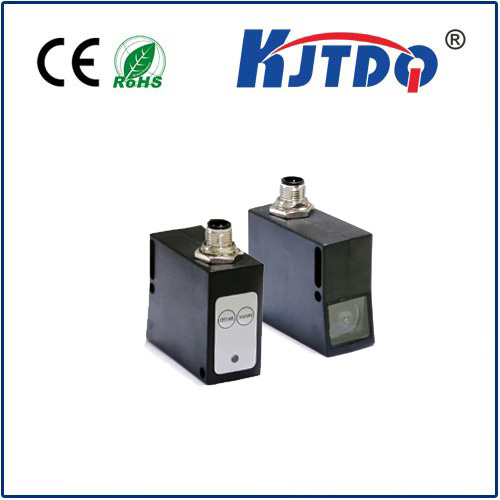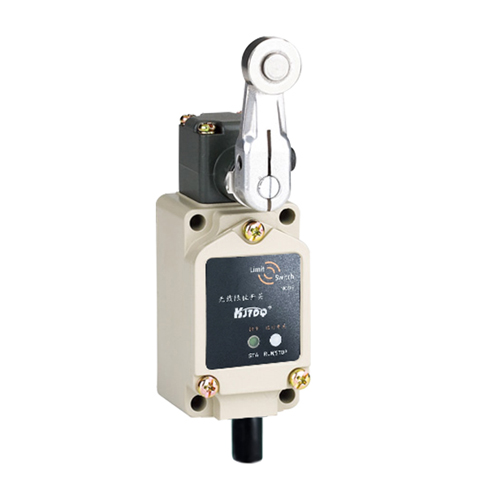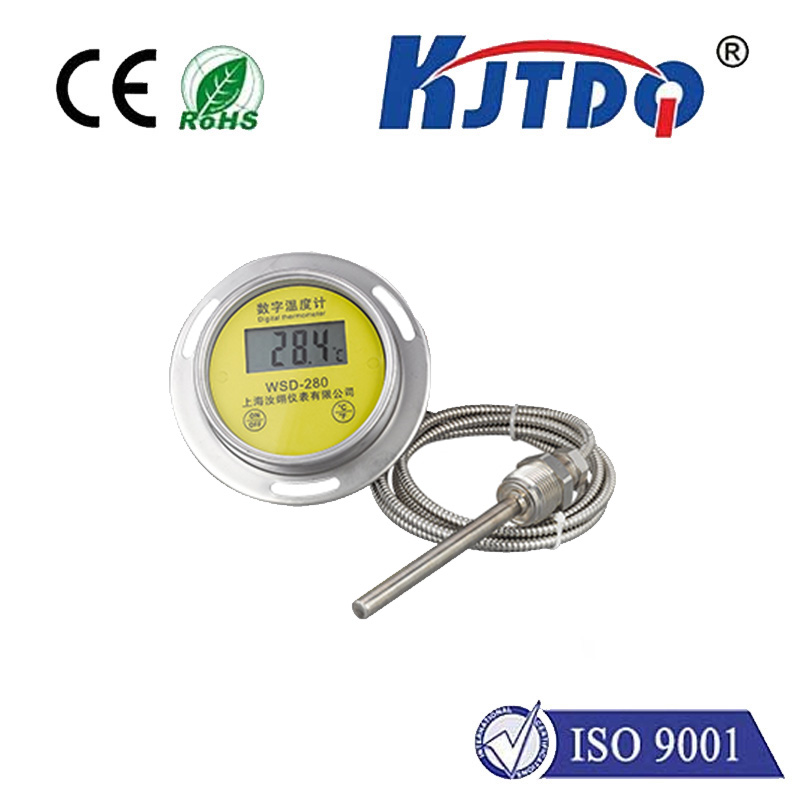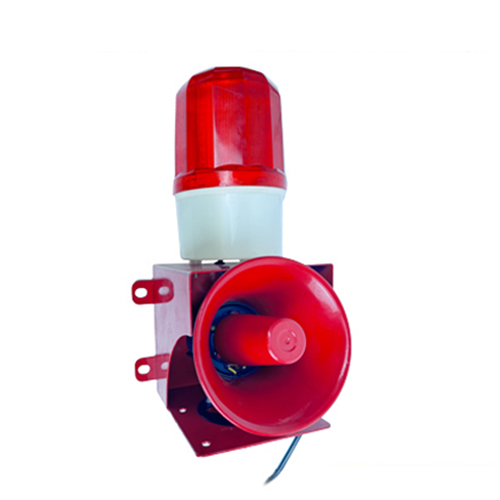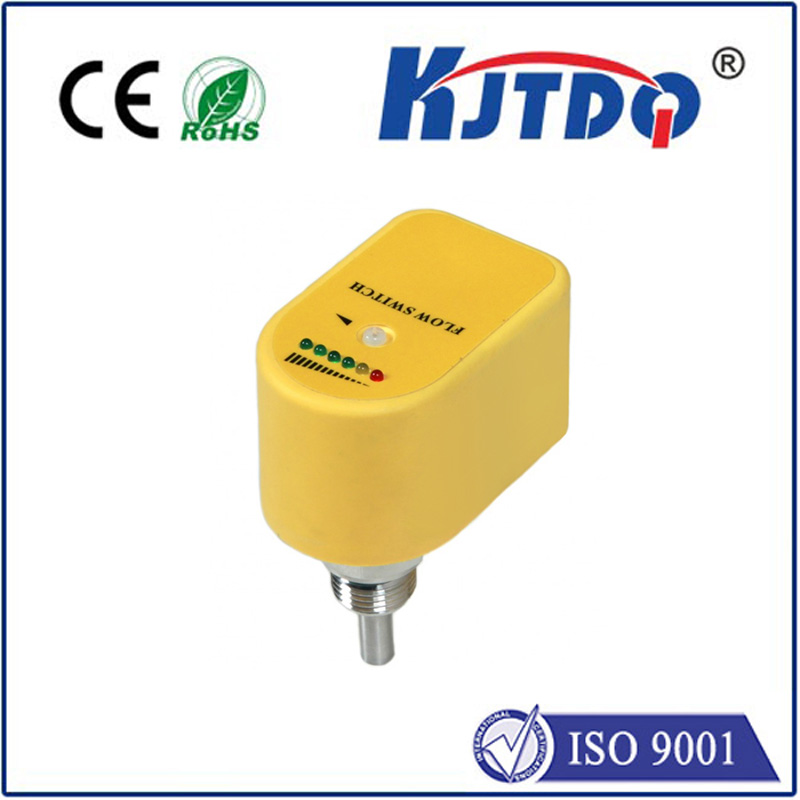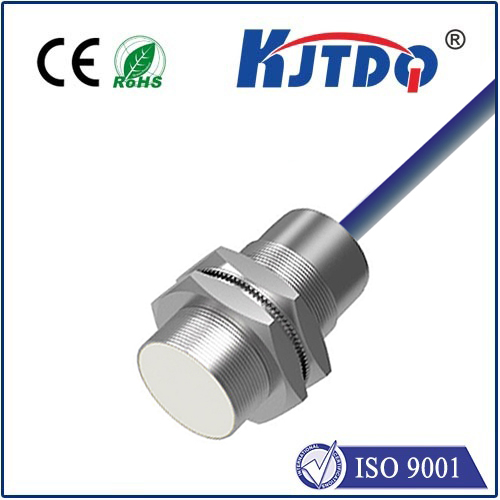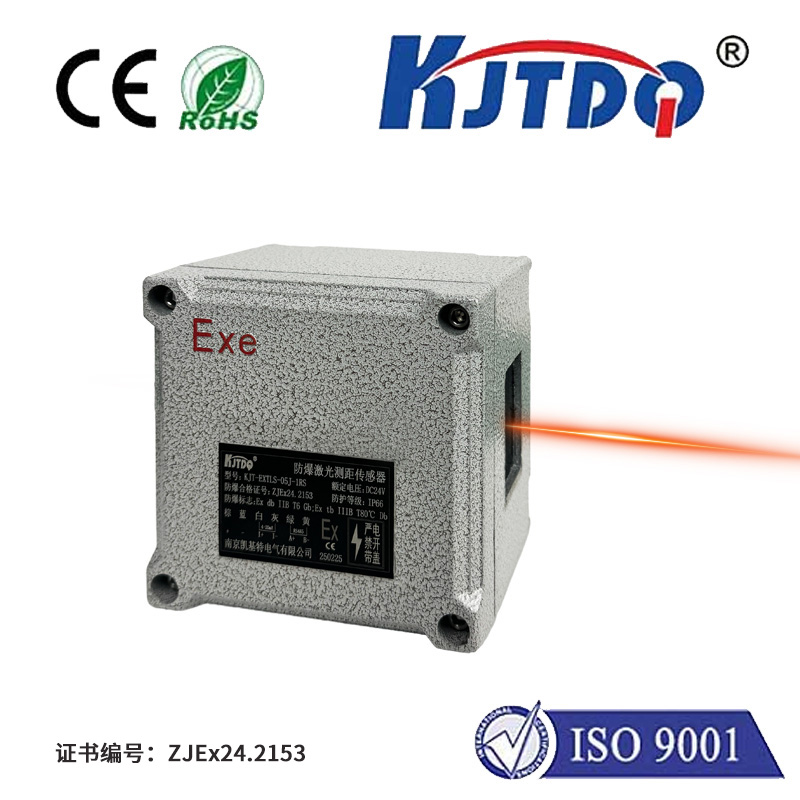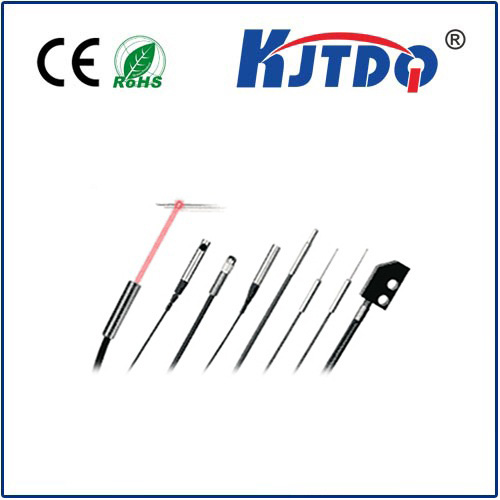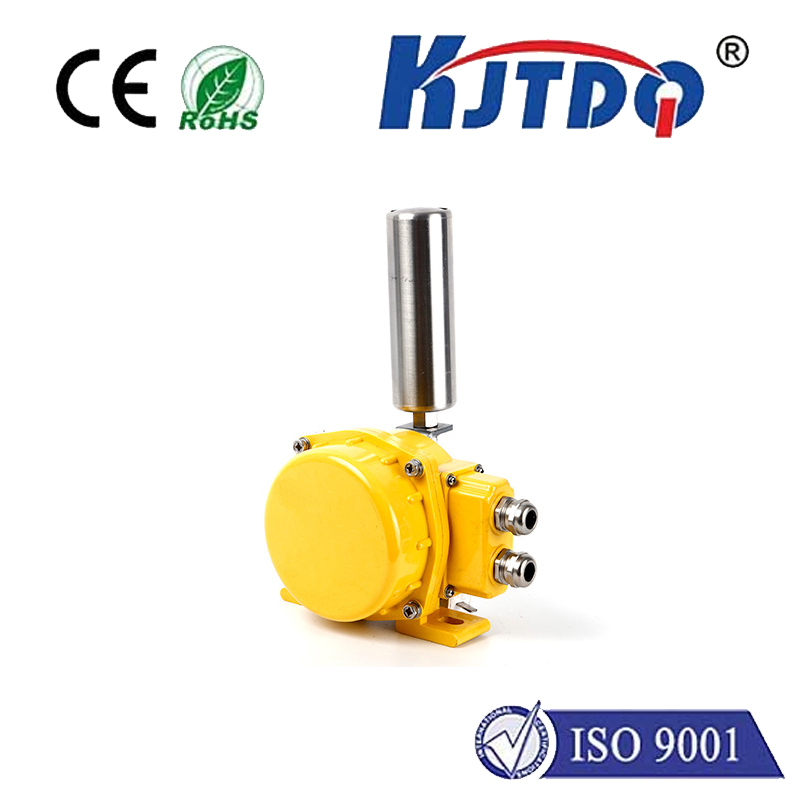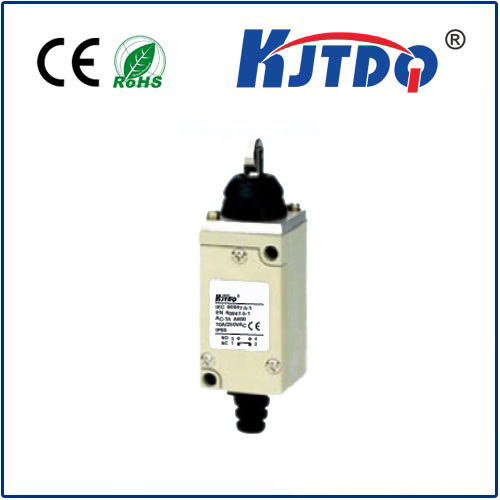u sensor
- time:2025-08-24 01:32:28
- Нажмите:0
Unlocking the Future: How μSensors Are Revolutionizing Technology and Daily Life
Imagine a sensor so small it fits unnoticed within your smartphone, continuously monitoring air quality as you walk. Envision another seamlessly embedded in your car tire, silently predicting pressure loss before it becomes a hazard. These aren’t sci-fi concepts; they are the reality enabled by μSensors (Micro Sensors). This burgeoning technology, operating on a microscopic scale, is fundamentally reshaping how we interact with the world, gather critical data, and make intelligent decisions. From the smartwatch on your wrist tracking vitals to the intricate Industrial Internet of Things (IIoT) systems optimizing manufacturing floors, μSensors are becoming the indispensable sensory organs of our increasingly intelligent world.
So, what exactly defines a u sensor or micro sensor? At its core, it’s an ultra-compact device designed to detect and measure specific physical, chemical, or biological parameters – things like temperature, pressure, motion, light, gas concentration, or even biological markers. The distinguishing factor is their microscopic scale, often fabricated using advanced Micro-Electro-Mechanical Systems (MEMS) or Nano-Electro-Mechanical Systems (NEMS) techniques. This miniaturization unlocks capabilities far beyond traditional, bulkier sensors.

The implications of this shift towards micro-scale sensing are vast and transformative:
- Ubiquitous Health Monitoring: μSensors are the engine of modern wearable health tech. Tiny accelerometers and gyroscopes track movement and activity in fitness bands. Minute optical sensors measure heart rate and blood oxygen saturation (SpO2) through the skin. Advanced biosensors, integrated into patches or even ingestibles, continuously monitor glucose levels for diabetics, detect specific biomarkers indicative of disease, or track medication adherence. This constant, passive data stream enables personalized medicine, early disease detection, and remote patient monitoring, significantly improving outcomes and reducing healthcare burdens. The ability to integrate these sensors comfortably and unobtrusively on or even inside the body is revolutionary.
- Smarter Consumer Devices & Environments: Our daily gadgets and homes are getting smarter, largely thanks to hidden μSensors. Your smartphone packs an array of them: ambient light sensors adjust screen brightness, proximity sensors turn off the screen during calls, MEMS microphones capture clear audio, and sophisticated camera modules rely on miniature optical sensors. Within smart homes, micro-scale temperature, humidity, motion, and gas sensors create responsive environments that adjust climate controls, trigger security alerts, or warn of hazardous leaks like carbon monoxide – all working autonomously for enhanced comfort, safety, and energy efficiency.
- Industrial Automation & Predictive Power (IIoT): The Industrial Internet of Things thrives on data, and μSensors are its primary data collectors. Deployed in vast networks on machinery, pipelines, and products, they continuously monitor parameters like vibration, temperature, pressure, flow rates, and chemical composition. This real-time data is the fuel for predictive maintenance, allowing companies to identify potential equipment failures before they cause costly downtime. Furthermore, these sensors are crucial for optimizing complex manufacturing processes, ensuring stringent quality control standards are met consistently, and enhancing overall operational efficiency and safety within hazardous environments.
- Environmental Stewardship & Precision Agriculture: Understanding and protecting our planet requires granular data. Micro sensors facilitate this by enabling dense, affordable sensor networks. They monitor air and water quality parameters (PM2.5, CO2, NOx, pH, contaminants) with high spatial resolution, providing detailed pollution maps. In agriculture, soil moisture μSensors guide precise irrigation, minimizing water waste. Compact sensors measuring light intensity, humidity, and nutrient levels within soil enable precision farming techniques, optimizing crop yields while reducing reliance on fertilizers and pesticides, promoting sustainable practices.
- Enabling Next-Gen Mobility: The evolution of autonomous vehicles (AVs) and advanced driver-assistance systems (ADAS) is heavily reliant on sophisticated sensor suites, many based on micro technology. MEMS-based inertial measurement units (IMUs) provide critical positioning and orientation data. LIDAR systems, key for 3D mapping, incorporate numerous micro-scale components. Tiny pressure sensors monitor tire conditions, while minuscule accelerometers detect impacts for airbag deployment. This dense sensor fusion is essential for the safe navigation and operation of future vehicles.
The advantages driving the widespread adoption of μSensors extend far beyond just their small size:
- Low Power Consumption: Miniaturization often goes hand-in-hand with designs that sip rather than gulp power. This is crucial for battery-operated devices like wearables, remote environmental monitors, and the vast numbers of sensors deployed in IoT networks, enabling long operational lifespans without constant recharging or battery replacement.
- Mass Production & Cost Efficiency: MEMS/NEMS fabrication techniques leverage processes borrowed from the semiconductor industry, allowing for the high-volume, cost-effective production of micro sensors. This affordability is key to deploying sensors at the scales required for comprehensive IoT applications and consumer devices.
- Enhanced Performance & Integration Capabilities: Miniaturization doesn’t mean compromise. Modern μSensors often offer impressive sensitivity, accuracy, and response times. Furthermore, their small footprint allows them to be easily integrated into compact systems, wearable devices, and densely packed electronic assemblies like smartphones and tablets. System-on-Chip (SoC) and System-in-Package (SiP) technologies further enable the combination of sensing, processing, and communication functions into single miniature units.
- Discreet Deployment: The tiny size allows sensors to be embedded almost anywhere – within clothing, medical implants, machinery housings, building materials, or vehicle components – without being obtrusive or affecting the primary function of the host object.
Looking ahead, the μSensor landscape is poised for even more groundbreaking developments. We can anticipate the rise of increasingly sophisticated multi-modal sensors capable of detecting several different parameters simultaneously within a single miniature package. The convergence of μSensors with Artificial Intelligence (AI) and edge computing will be transformative, enabling sensors to not only collect data but also perform preliminary analysis and make localized decisions in real-time, reducing latency and bandwidth requirements. Advances in nanotechnology and novel materials like graphene promise sensors with unprecedented sensitivity and entirely new capabilities. Furthermore, the drive towards self-powered μSensors – harvesting energy from their environment (light, vibration, thermal gradients) – will create truly autonomous, maintenance-free sensing nodes.
The era of μSensors is demonstrably here. These ubiquitous yet invisible technological marvels are fundamentally altering industries, enhancing personal well-being, enabling smarter environments, and providing the critical data needed to build a more efficient, sustainable, and safer future. As fabrication techniques advance, costs decrease, and integration with AI deepens, the influence of micro-scale sensing will only grow more profound, silently revolutionizing the fabric of our technological reality.

